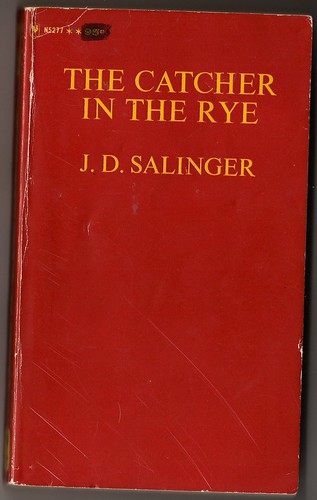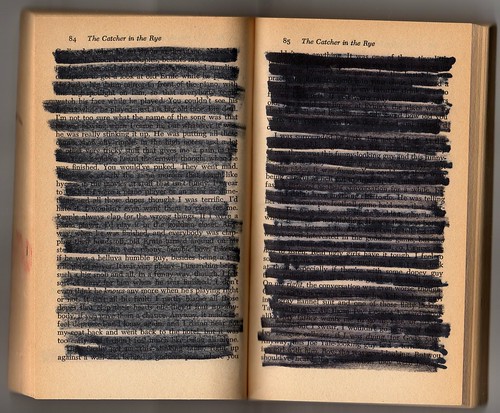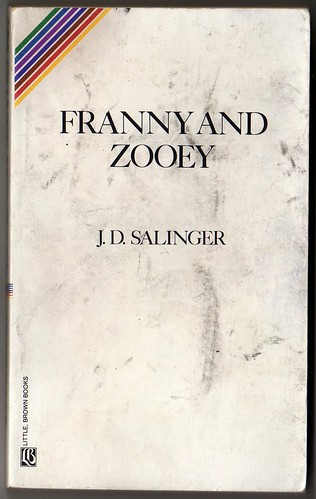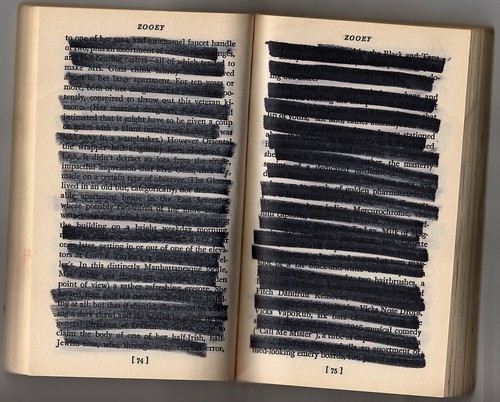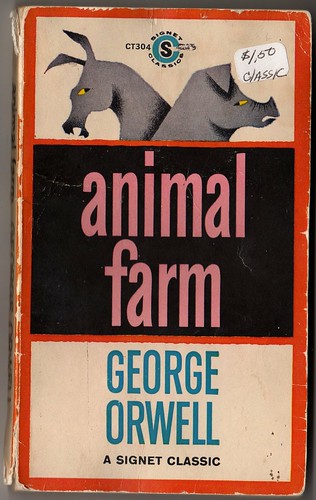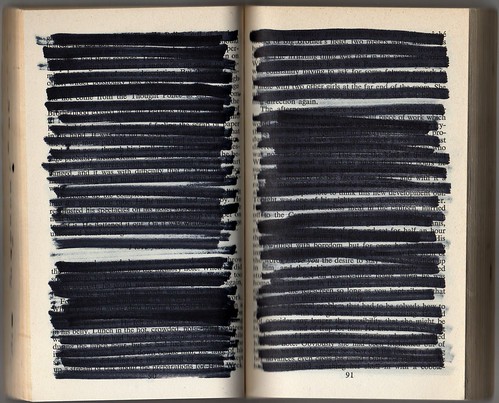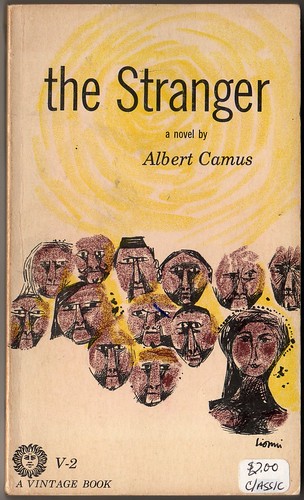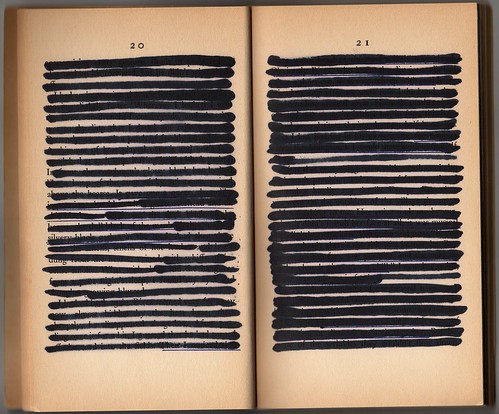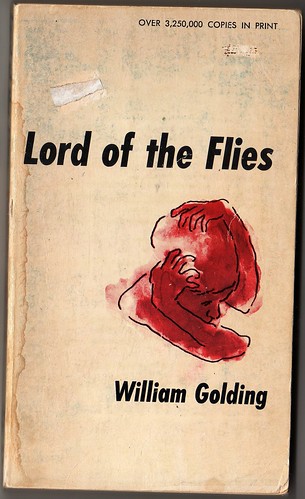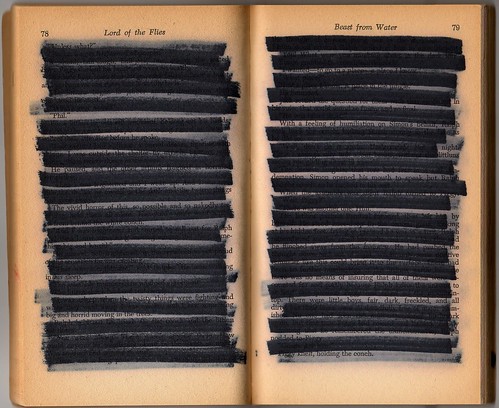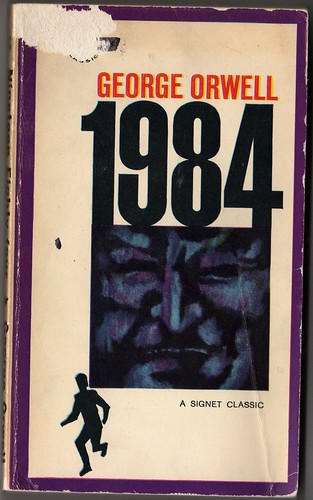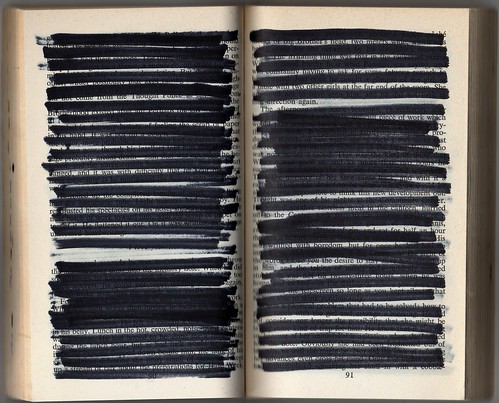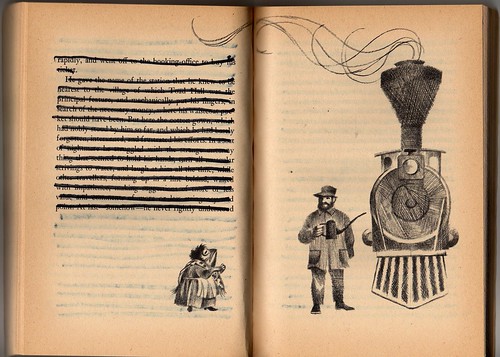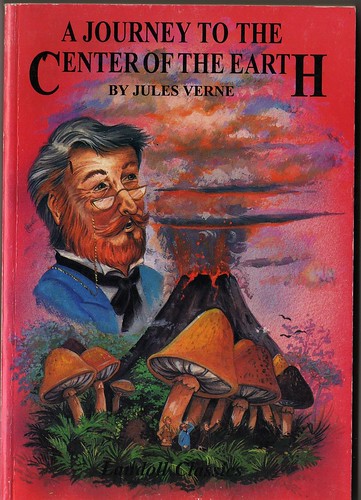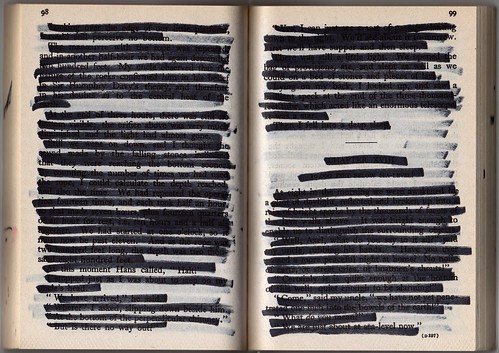-Yorek.com Reviews Casio Action Front and 'Assault the Mainframe'-
Recently, I was contacted by the Israeli webzine Yorek.com who wanted to review both 'People's War Hardcore' as well as the 'Assault the Mainframe' anthology. Despite the fact that they were briefly interrupted by months of Hizballah and the IDF lobbing missles at each other, they still managed to finish it up and send me an English translation. Now that's was I call professionalism! The original reviews can be read in Hebrew by accessing the links below.
CAF Review
'Assault' Review

Casio Action Front- People's War Hardcore
At first sight, this CD of Casio Action Front looks amateur. But this sort of amateurism, together with an agenda, automatically receives an added value that makes it more interesting then just another demo CD of a lazy ass band. The cover art of the CD is xeroxed and the CD itself was probably burned on a personal computer. Everything was done in the most direct and amateur way, and not amateur in a bad way, but amateur as the opposite of professional.
On the CD there's a sticker that says "Industrial culture for Industrial people", a new version of the famous Monte Cazazza slogan. This sticker exposes the agenda behind the album and behind its so-called amateurism. The music on the album is constructed the same way as the CD itself. It's a lo-fi industrial, chaotic and un-produced. The music is an eclectic collage of electronic noises, weird beats, psychedelic sounds and sound manipulations. The tempo changes, the pitch changes, everything is being distorted. For a second you have distorted guitars and then synth ambient. Everything is basic and straightforward, hardcore like the good old industrial, chaotic and experimental like the origins of this good ol' industrial: mail art, cut & paste and D.I.Y.
Industrial music has been through so much shit in the last decades. Since the first masterpieces of the pioneers (SPK, Cabaret Voltaire, Throbbing Gristle and others) this style of music got bigger, arrived into different places and mixed with other musical genres until it became hard to find in it the core of the real original industrial music. All of a sudden there were glossy invitations for parties that ain't got anything in common with the old school cut&paste pages that used to be fliers for old industrial shows. The direct amateurism became over-polished and professional, the anger and rebellious curiosity turned into impotence covered in latex and other idiotic clothing. The same thing that happened to punk, or metal, happened to industrial music. Obviously, there are other small sources for industrial wrath (especially in the sub genres of power electronics and noise) but the fact is that today the word 'industrial' isn't directly referring to uncompromising quality like it used to be. This change isn't supposed to evoke bitterness at those who understand how the historical movement of art goes, but still, an album like Casio Action Front's can definitely evoke some nostalgic feelings among those who actually experienced the heroic past of industrial culture.
As we said, in the amateurism of this creation engraved is the simple, direct and basic ideology of the early industrial culture. Another exciting thing about it is that it's backed up by ambiguousness and disinformation about its creator, which is just another reference to the ontological guerilla of early industrial culture. The Casio Action Front is just another front in a vogue collective by the name of Ean Frick, a collective name for multiple usage, just like the Neoists’ Monty Cantsin (a name that Monte Cazazza from the first paragraph used), or Luther Blissett that other radical communities use.
Among other things, this collective is responsible for a book by the name of ‘Assault the Mainframe’, a book that deals with 70's and 80's urban guerrilla movements. Studying and dealing with the issue of world terror is another characteristic of the early industrial music (SPK are the best example for that) and when the book joins the CD, there's a feeling that the whole package came back in time from the early 80's, and I say that as a compliment.
I want to make clear that I don't think that the whole contemporary industrial culture became a putrid swamp of goth clubs, latex girls and shitty techno beats. I know that there are tons more artists who experiment with cut&paste sounds and mix it with radical ideologies, but this CD made me feel really good, even if it's not offering something new concerning sound, production or polished layout.
New Yoreker,

Assault the Mainframe
This book is a collection of articles and interviews that deal with terrorist groups who worked during the 1970's and 80's. The book is designed in a very simple and direct way. It's a collection of texts all Xeroxed and it reminds me of propaganda leaflets or underground fanzines from the days when subversive information was distributed on paper through the mail and not by the internet.
The publisher of this book, a group/man by the name of Ean Frick, set himself a goal and the book title reveals it. It is obvious that the main arch-enemy, at least of those who rule the intersections of control and economics, is global terrorism. The battle is between "the free world" and "the axis of evil"- some sort of multi-tentacle octopus that uses terror in order to crash that "free world" that is based, obviously, in the United States of America.
Actually, the book isn't offering any new critical viewpoint or fresh analysis of the subject but just serves as an anthology that exposes some of the terrorist groups that worked during those bloody decades against the global mainframe while exchanging militaristic knowledge, fighting supplies and money. Even if Ean Frick is not suggesting his own viewpoint on the histriosophic value of those movements, it is obvious that he sees the importance of this publication in the exposure and distribution of those texts. Frick calls the common discourse by the name Terror Market, it has the same characteristics of any other market, an economy of blood, ideology and control, and to this market Ean Frick is aiming with his own merchandise while recognizing an important front of this global terror market: the information front.
It's hard to say that this collection of text is unique and hard to find in other places, I assume that a serious search can provide results, even online, but again, the main purpose for Ean Frick is to offer something that will add to the attacks on the mainframes, and he mentions it in the introductory that he wants to offer texts that will talk for themselves, without academic analysis or other bourgeois agents.
Ean Frick defines urban guerilla movements as movements who were inspired by the Minimanual of the Urban Guerilla, some sort of guidebook to the urban terrorist that was composed by Carlos Maringhella in 1969. This text influenced South American guerilla movements and later was adopted by European movements who worked with the methods of direct action, more or less violently. They were to be described as left wing, yet most of them also added elements of libertarianism, anarchism, radical feminism and militant ecology.
The first text in the anthology deals with the RAF, the Red Army Faction (or like the bourgeois media likes to call them: the Baader-Meinhof gang). Later comes a historic summary of the radical movements in 1970's Italy, a text by the well known Red Brigade Tony Negri. Also introduced to the reader are other radical texts that deal with less known urban guerilla movements like the Cellulues Communistes Combattantes, the FLQ and the radical red feminism of the Rote Zora.
It's important to mention that the Ean Frick collective is itself some sort of an ontological guerilla front, which is also one of the enemies of the mainframe in the level of information, visuals and senses.
New Yoreker,
Recently, I was contacted by the Israeli webzine Yorek.com who wanted to review both 'People's War Hardcore' as well as the 'Assault the Mainframe' anthology. Despite the fact that they were briefly interrupted by months of Hizballah and the IDF lobbing missles at each other, they still managed to finish it up and send me an English translation. Now that's was I call professionalism! The original reviews can be read in Hebrew by accessing the links below.

Casio Action Front- People's War Hardcore
At first sight, this CD of Casio Action Front looks amateur. But this sort of amateurism, together with an agenda, automatically receives an added value that makes it more interesting then just another demo CD of a lazy ass band. The cover art of the CD is xeroxed and the CD itself was probably burned on a personal computer. Everything was done in the most direct and amateur way, and not amateur in a bad way, but amateur as the opposite of professional.
On the CD there's a sticker that says "Industrial culture for Industrial people", a new version of the famous Monte Cazazza slogan. This sticker exposes the agenda behind the album and behind its so-called amateurism. The music on the album is constructed the same way as the CD itself. It's a lo-fi industrial, chaotic and un-produced. The music is an eclectic collage of electronic noises, weird beats, psychedelic sounds and sound manipulations. The tempo changes, the pitch changes, everything is being distorted. For a second you have distorted guitars and then synth ambient. Everything is basic and straightforward, hardcore like the good old industrial, chaotic and experimental like the origins of this good ol' industrial: mail art, cut & paste and D.I.Y.
Industrial music has been through so much shit in the last decades. Since the first masterpieces of the pioneers (SPK, Cabaret Voltaire, Throbbing Gristle and others) this style of music got bigger, arrived into different places and mixed with other musical genres until it became hard to find in it the core of the real original industrial music. All of a sudden there were glossy invitations for parties that ain't got anything in common with the old school cut&paste pages that used to be fliers for old industrial shows. The direct amateurism became over-polished and professional, the anger and rebellious curiosity turned into impotence covered in latex and other idiotic clothing. The same thing that happened to punk, or metal, happened to industrial music. Obviously, there are other small sources for industrial wrath (especially in the sub genres of power electronics and noise) but the fact is that today the word 'industrial' isn't directly referring to uncompromising quality like it used to be. This change isn't supposed to evoke bitterness at those who understand how the historical movement of art goes, but still, an album like Casio Action Front's can definitely evoke some nostalgic feelings among those who actually experienced the heroic past of industrial culture.
As we said, in the amateurism of this creation engraved is the simple, direct and basic ideology of the early industrial culture. Another exciting thing about it is that it's backed up by ambiguousness and disinformation about its creator, which is just another reference to the ontological guerilla of early industrial culture. The Casio Action Front is just another front in a vogue collective by the name of Ean Frick, a collective name for multiple usage, just like the Neoists’ Monty Cantsin (a name that Monte Cazazza from the first paragraph used), or Luther Blissett that other radical communities use.
Among other things, this collective is responsible for a book by the name of ‘Assault the Mainframe’, a book that deals with 70's and 80's urban guerrilla movements. Studying and dealing with the issue of world terror is another characteristic of the early industrial music (SPK are the best example for that) and when the book joins the CD, there's a feeling that the whole package came back in time from the early 80's, and I say that as a compliment.
I want to make clear that I don't think that the whole contemporary industrial culture became a putrid swamp of goth clubs, latex girls and shitty techno beats. I know that there are tons more artists who experiment with cut&paste sounds and mix it with radical ideologies, but this CD made me feel really good, even if it's not offering something new concerning sound, production or polished layout.
New Yoreker,

Assault the Mainframe
This book is a collection of articles and interviews that deal with terrorist groups who worked during the 1970's and 80's. The book is designed in a very simple and direct way. It's a collection of texts all Xeroxed and it reminds me of propaganda leaflets or underground fanzines from the days when subversive information was distributed on paper through the mail and not by the internet.
The publisher of this book, a group/man by the name of Ean Frick, set himself a goal and the book title reveals it. It is obvious that the main arch-enemy, at least of those who rule the intersections of control and economics, is global terrorism. The battle is between "the free world" and "the axis of evil"- some sort of multi-tentacle octopus that uses terror in order to crash that "free world" that is based, obviously, in the United States of America.
Actually, the book isn't offering any new critical viewpoint or fresh analysis of the subject but just serves as an anthology that exposes some of the terrorist groups that worked during those bloody decades against the global mainframe while exchanging militaristic knowledge, fighting supplies and money. Even if Ean Frick is not suggesting his own viewpoint on the histriosophic value of those movements, it is obvious that he sees the importance of this publication in the exposure and distribution of those texts. Frick calls the common discourse by the name Terror Market, it has the same characteristics of any other market, an economy of blood, ideology and control, and to this market Ean Frick is aiming with his own merchandise while recognizing an important front of this global terror market: the information front.
It's hard to say that this collection of text is unique and hard to find in other places, I assume that a serious search can provide results, even online, but again, the main purpose for Ean Frick is to offer something that will add to the attacks on the mainframes, and he mentions it in the introductory that he wants to offer texts that will talk for themselves, without academic analysis or other bourgeois agents.
Ean Frick defines urban guerilla movements as movements who were inspired by the Minimanual of the Urban Guerilla, some sort of guidebook to the urban terrorist that was composed by Carlos Maringhella in 1969. This text influenced South American guerilla movements and later was adopted by European movements who worked with the methods of direct action, more or less violently. They were to be described as left wing, yet most of them also added elements of libertarianism, anarchism, radical feminism and militant ecology.
The first text in the anthology deals with the RAF, the Red Army Faction (or like the bourgeois media likes to call them: the Baader-Meinhof gang). Later comes a historic summary of the radical movements in 1970's Italy, a text by the well known Red Brigade Tony Negri. Also introduced to the reader are other radical texts that deal with less known urban guerilla movements like the Cellulues Communistes Combattantes, the FLQ and the radical red feminism of the Rote Zora.
It's important to mention that the Ean Frick collective is itself some sort of an ontological guerilla front, which is also one of the enemies of the mainframe in the level of information, visuals and senses.
New Yoreker,
